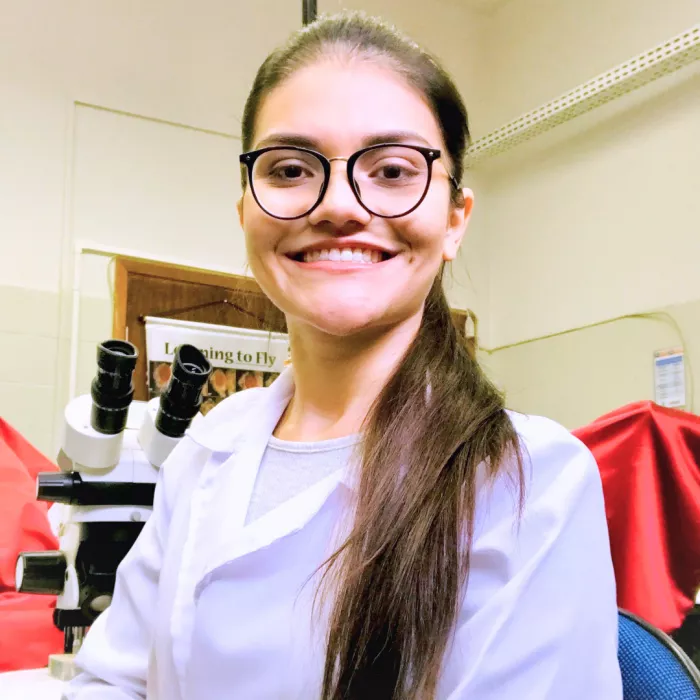
Xenotopic Expression of the Alternative Oxidase Shapes Mitochondrial Physiology and Larval Growth in Drosophila Melanogaster

The alternative oxidase (AOX) is a mitochondrial enzyme present in many organisms but absent in vertebrates and most insects. By oxidizing coenzyme Q and reducing O₂ to H₂O, AOX bypasses the cytochrome c segment of the electron transfer system (ETS), thereby alleviating oxidative stress caused by ETS overload. In animal models, AOX has shown therapeutic potential in mitigating mitochondrial dysfunction. However, because it does not pump protons, AOX can partially uncouple mitochondria, potentially generating excess heat and disrupting normal metabolism. We demonstrate that AOX from the tunicate Ciona intestinalis accelerates the development of Drosophila melanogaster, leading to increased larval biomass (primarily through fat accumulation), enhanced mobility, and elevated food intake, without inducing additional heat production. AOX expression promotes higher Leak respiration and reduces oxidative phosphorylation efficiency through functional interactions with mitochondrial glycerol-3-phosphate dehydrogenase (mGPDH). These effects are accompanied by increased complex I (CI)-driven respiration, supercomplex assembly, elevated NAD⁺/NADH ratios, and enhanced flux through central carbon metabolism. Pharmacological interventions with chemical uncouplers and rotenone confirm the contributions of mitochondrial decoupling and CI activity to the accelerated development of AOX-expressing larvae. Together, these findings reveal that AOX promotes larval growth by reinforcing the proliferative metabolic program through a reconfiguration of the ETS.